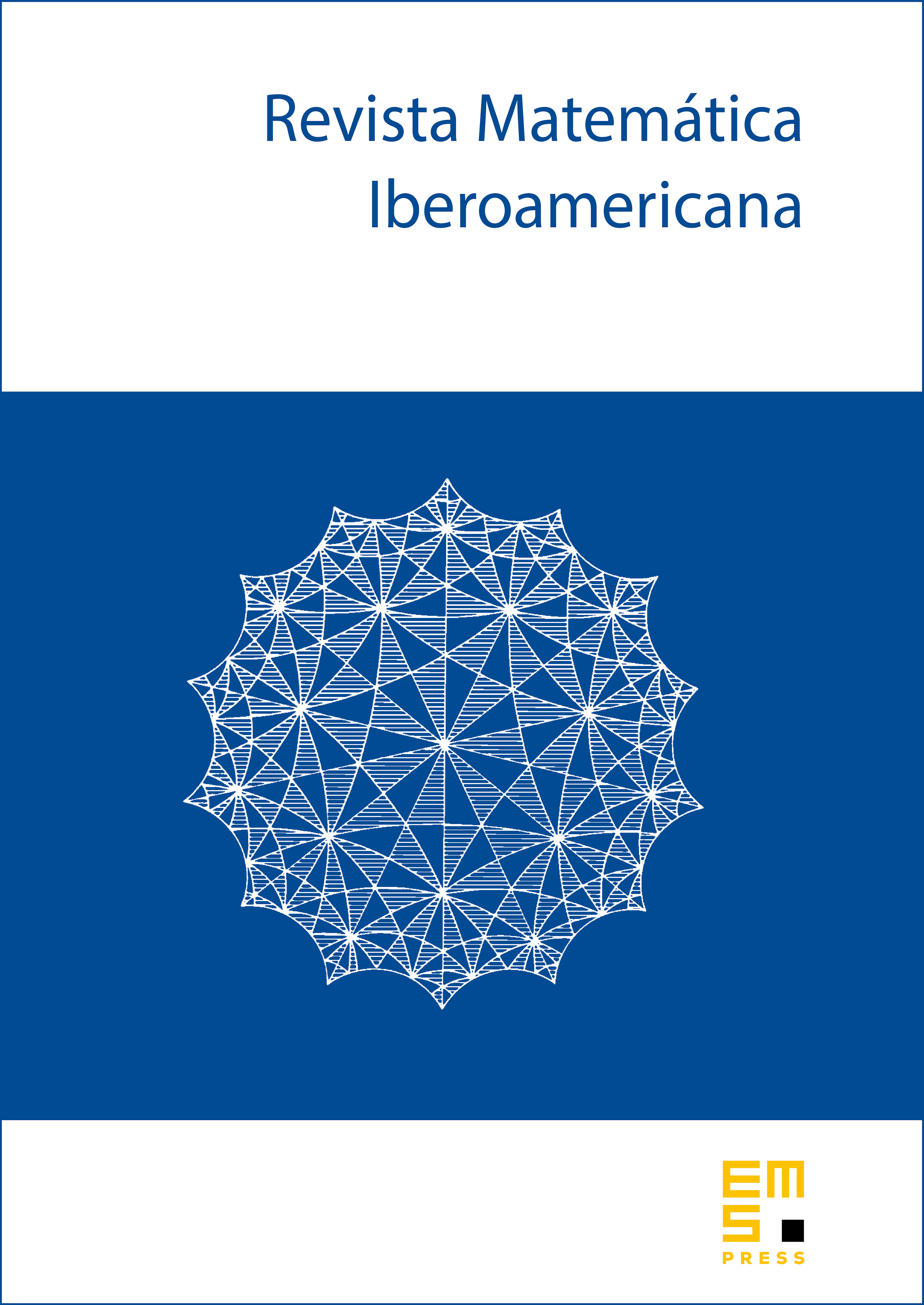The infinite Brownian loop on a symmetric space
Jean-Philippe Anker
CNRS-Université d'Orléans, Orléans, FrancePhilippe Bougerol
Université Paris 6, Paris, FranceThierry Jeulin
Université Paris 7, Paris, France

Abstract
The infinite Brownian loop on a Riemannian manifold is the limit in distribution of the Brownian bridge of length around a fixed origin , when . It has no spectral gap. When has nonnegative Ricci curvature, is the Brownian motion itself. When is a noncompact symmetric space, is the relativized -process of the Brownian motion, where denotes the basic spherical function of Harish-Chandra, i.e. the -invariant ground state of the Laplacian. In this case, we consider the polar decomposition , where and , the positive Weyl chamber. Then, as , converges and almost surely. Moreover the processes converge in distribution, as , to the intrinsic Brownian motion of the Weyl chamber. This implies in particular that converges to a Bessel process of dimension , where denotes the number of positive indivisible roots. An ingredient of the proof is a new estimate on .
Cite this article
Jean-Philippe Anker, Philippe Bougerol, Thierry Jeulin, The infinite Brownian loop on a symmetric space. Rev. Mat. Iberoam. 18 (2002), no. 1, pp. 41–97
DOI 10.4171/RMI/311